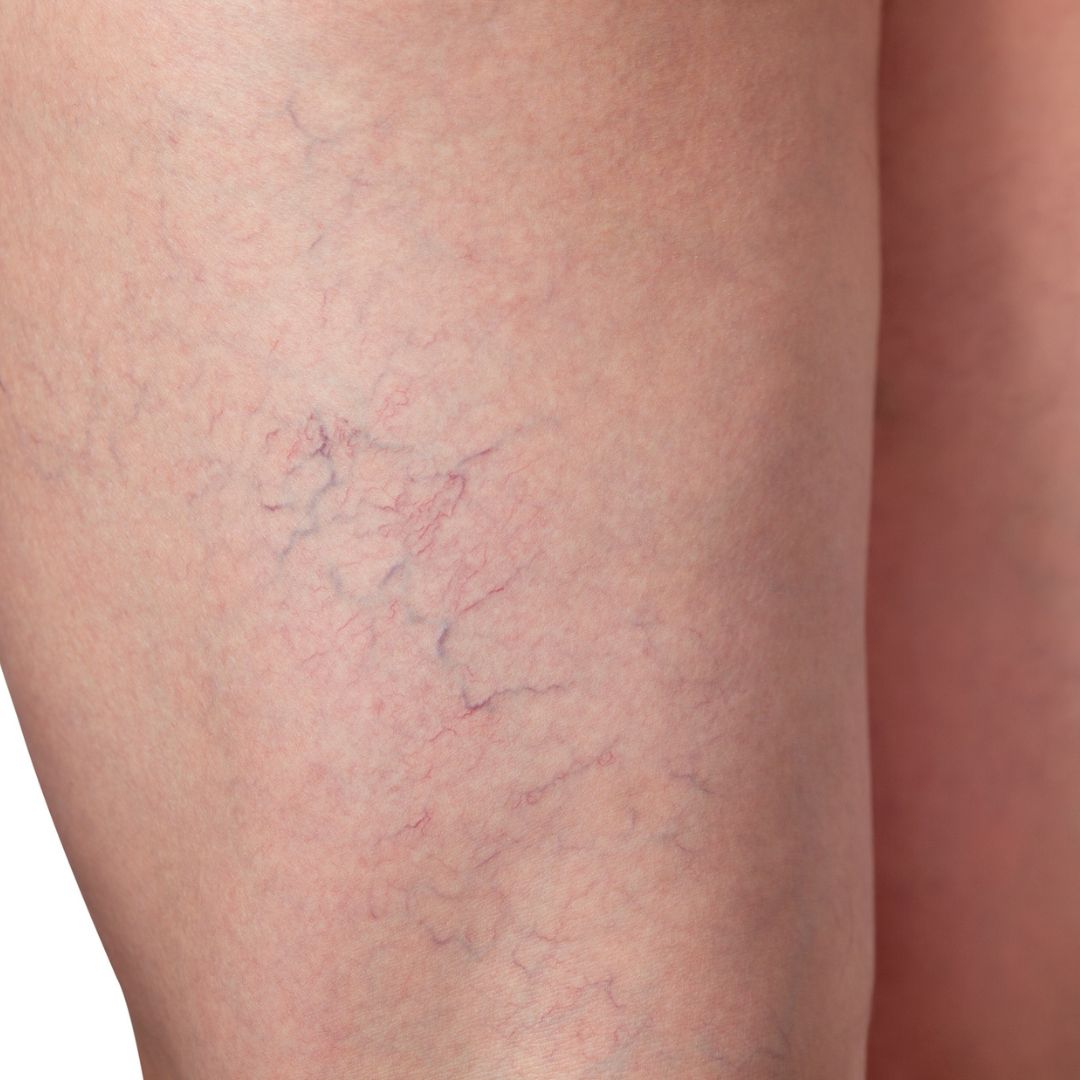

Have you noticed visible veins appearing on your legs and wondered if they’re spider veins or varicose veins? You’re not alone. These common vein conditions affect many New Zealanders, especially as we age, but they’re not just a cosmetic concern – some can signal underlying vein disease.
So how can you tell the difference? Here’s a simple guide to help you understand what you’re seeing and when it’s time to seek expert advice.
Spider veins are small, thin blood vessels that appear close to the surface of the skin. They often look like a web or tree branch – hence the name – and are most commonly found on the legs or face.
What they look like:
Fine, red, blue or purple lines
Clustered in patterns or spread out like a net
Flat or very slightly raised
Common symptoms:
Usually painless
Occasionally mild itching or burning
While spider veins are mostly cosmetic, they can sometimes be a sign of poor circulation or underlying vein issues.
Varicose veins are larger, swollen, and twisted veins that often bulge above the surface of the skin. They’re most common in the legs, where blood has to work against gravity to return to the heart.
What they look like:
Thick, rope-like, or knotted appearance
Blue or dark purple
Raised and visible through the skin
Common symptoms:
Aching, throbbing or heaviness in the legs
Swelling around the ankles
Itching or burning
Muscle cramping, especially at night
Symptoms that worsen with prolonged standing or heat
Unlike spider veins, varicose veins can lead to more serious health issues if left untreated, including skin changes, ulcers, or blood clots.
Both varicose and spider veins can be caused by weakened or damaged valves in the veins. When these valves don’t function properly, blood can pool instead of flowing smoothly back to the heart.
Risk factors include:
Family history of vein disease
Pregnancy
Hormonal changes
Sitting or standing for long periods
Being overweight
Ageing
Whether you’re concerned about the look of your veins or experiencing discomfort, our expert team is here to help.
Book a free veins assessment today and get a clear diagnosis, and a personalised plan for getting back to feeling your best.